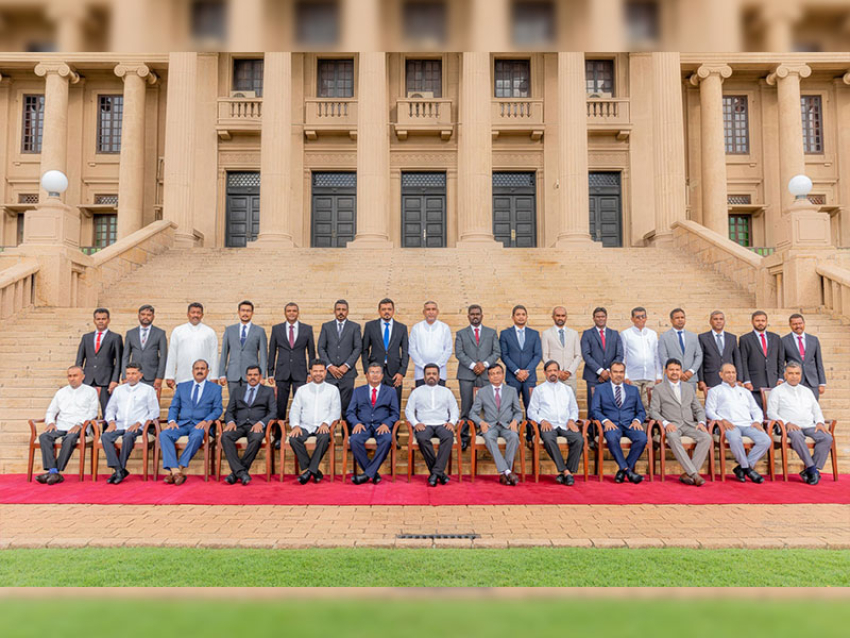However, according to the Central Bank of Sri Lanka, the findings of the Household Income and Expenditure Survey (HIES) – 2016 of the Department of Census and Statistics (DCS) has revealed that 8.5% of households did not have access to telephone facilities.
“In line with the growth in telephone connectivity, telephone penetration (connections per 100 persons) also increased to 143.6 by the end of the year due to the high mobile penetration level, reflecting the rising importance of mobile telecommunication services in the country,” the Central Bank said in its 2017 Annual Report.
According to a countrywide assessment carried out by ICTA on Information and Communication Technology (ICT) access and usage in 2017, it was revealed that the proportion of households with access to Internet services in the country is still at the low level of 15.8%, and only 25% of households possess at least one type of computer.
However, the Central Bank report noted that although Internet penetration in Sri Lanka is low in comparison to developed Asian countries, the penetration, measured in terms of the number of internet connections, tends to underestimate the total penetration in the country, due to the usage of one internet connection by multiple persons.
“An integrated approach is required to address social and economic factors that influence digital inclusion in order to bridge the digital divide and ensure most vulnerable groups benefit from ICT and e-government initiatives,” the Central Bank said.
In 2017, 27 projects were initiated and 13 projects were successfully completed, with the aim of fully leveraging the potential benefits of digitalisation. Through the successful implementation of the Lanka Government Network (LGN), 860 key government offices, including Provincial Councils, Divisional Secretariats and local authorities, were digitally connected.




















